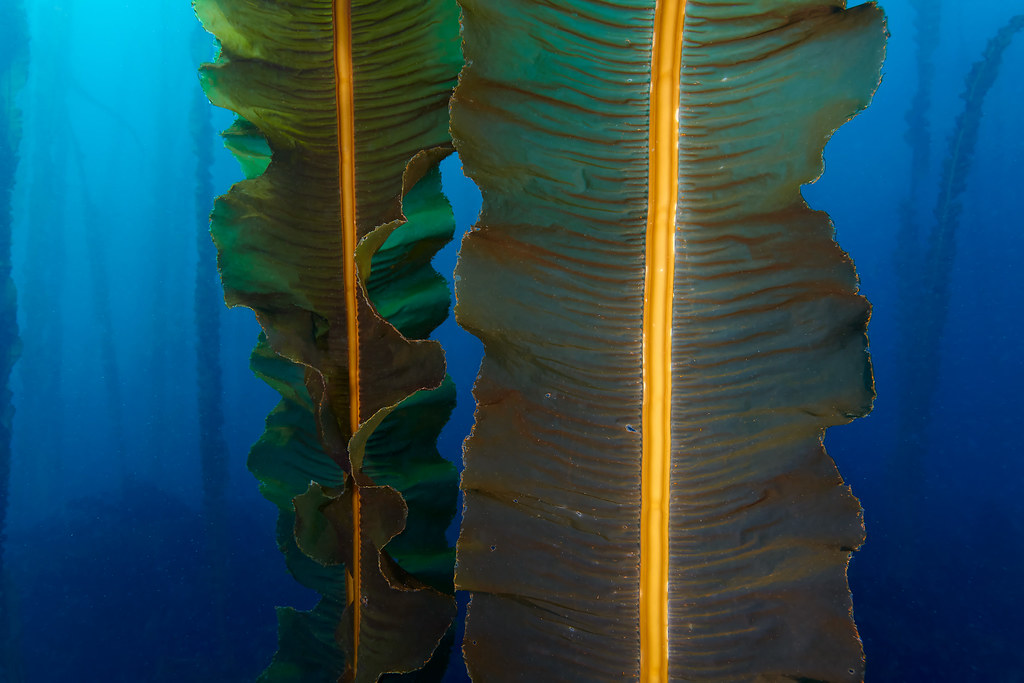#sea of okhotsk
Photo

Sea of Okhotsk
2022
©juri
1K notes
·
View notes
Photo

[Photo above: an Ainu woman in 1920s]
Legends and myths about trees
Forest spirits and natives (4)
Korpokkur (or Korbokkur) – ‘People under the butterbur leaves’
Korpokkur are the tribes of dwarfs in folklore of the Ainu people of the northern Japanese islands, meaning 'people under the butterbur leaves'.
The Ainu believe that the korpokkur were the people who lived in the Ainu's land before the Ainu themselves lived there. They were short of stature, agile, and skilled at fishing. They lived in pits with roofs made from butterbur leaves.
Long ago, the korpokkur were on good terms with the Ainu, and would send them deer, fish, and other game and exchange goods with them. The little people hated to be seen, however, so they would stealthily make their deliveries under the cover of night.
One day, a young Ainu man decided he wanted to see a korpokkur for himself, so he waited in ambush by the window where their gifts were usually left. When a korpokkur came to place something there, the young man grabbed it by the hand and dragged it inside. It turned out to be a beautiful korpokkur woman with a tattoo on the back of her hand (the tattooing of Ainu women is said to be based on this). She was so enraged at the young man's rudeness that her people have not been seen since. Their pits, pottery, and stone implements, the Ainu believe, still remain scattered about the landscape.
[History of Ainu]
The Ainu are an indigenous people from Sakhalin in the north to the Kuril Islands and Kamchatka Peninsula in the north-east and around the northern Japanese archipelago, especially in Hokkaido. The Ainu have long had an economic zone around the Sea of Okhotsk region.
They worshipped bears and wolves, as well as gods embodied in the elements of nature, such as water, fire and wind.
Ainu is the Ainu language for 'human' and is believed to have originally meant 'human' as a concept as opposed to 'kamui' (a designation referring to nature based on the spirit that everything in nature has a heart).
The Ainu people were conquered and their land confiscated by neighbouring Japan and Russia between the 15th and 18th centuries. Later, in the 19th century, forced them to convert, apply their customs and belong. During the Soviet era, hundreds of Ainu were executed or forcibly relocated. Today, the population and the Ainu language are in decline and there are revival efforts for their traditional culture.
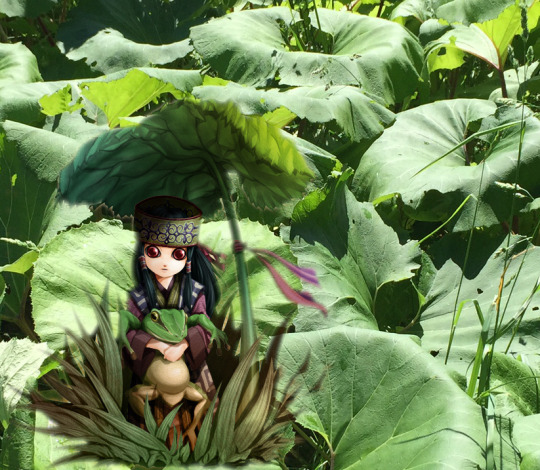
木にまつわる伝説・神話
森の精霊たちと原住民 (4)
コロポックル (又はコロボックル) 〜「蕗の葉の下の人々」
コロボックルは、アイヌ語で「蕗の葉の下の人」という意味を持つ、アイヌに伝わる小人族のこと。
アイヌがこの土地に住み始める前から、この土地にはコロボックルという種族が住んでいた。彼らは背丈が低く、動きがすばやく、漁に巧みであった。又屋根をフキの葉で葺いた竪穴にすんでいた。
昔、コロボックルはアイヌと仲が良く、鹿や魚などの獲物を送ってもらったり、品物を交換したりしていた。しかし、小人たちは人目につくのを嫌い、夜陰に紛れてこっそりと配達していた。
ある日、アイヌの青年がコロボックルを一目見たいと思い、いつも贈り物を差し入れる窓際で待ち伏せしていた。そのコロボックルが���こに何かを置こうとすると、青年はそれを手で掴んで屋内に引きずり込んだ。すると、それは美しい女性のなりをしておりその手の甲には刺青があったという (なおアイヌの婦人のする刺青はこれにならったものであるといわれている)。コロボックルは青年の無礼に激怒し、一族を挙げて北の海の彼方へと去ってしまった。以降、アイヌの人々はコロボックルの姿を見ることはなくなったという。現在でも土地のあちこちに残る竪穴や地面を掘ると出てくる石器や土器は、彼らがかつてこの土地にいた名残である。
[アイヌの歴史]
アイヌ民族は、北は樺太から北東の千島列島・カムチャツカ(勘察加)半島、日本列島北部周辺、とりわけ北海道の先住民族である。アイヌ民族は永くオホーツク海地域一帯に経済圏を有していた。彼らは、熊やオオカミ、さらに水、火、風といった自然の要素に具現化された神を崇拝していた。
アイヌとはアイヌ語で「人間」を意味する言葉で、もともとは「カムイ」(自然界の全てのものに心があるという精神に基づいて自然を指す呼称) に対する概念としての「人間」という意味であったとされている。
アイヌ民族は、15世紀から18世紀にかけて、近隣国の日本とロシアに征服され、土地を没収された。その後、19世紀には改宗、慣習の適用、帰属を余儀なくされた。ソ連時代には数百人のアイヌが処刑されたり、強制移住させられた。現在、人口やアイヌ語は減少しつつあり、伝統文化の復興に向けた取り組みが行われている。
#trees#tree legend#tree myth#forest spirit#nature worship#ainu#drawf#koropokkur#hokkaido#sea of okhotsk#kamchatka peninsula#folklore#legend#mythology#nature#art
288 notes
·
View notes
Text
13/09/2022 part2





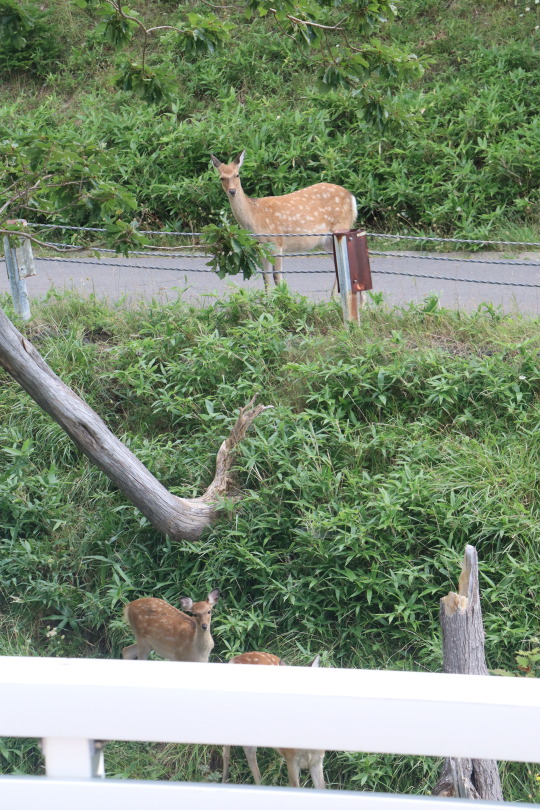

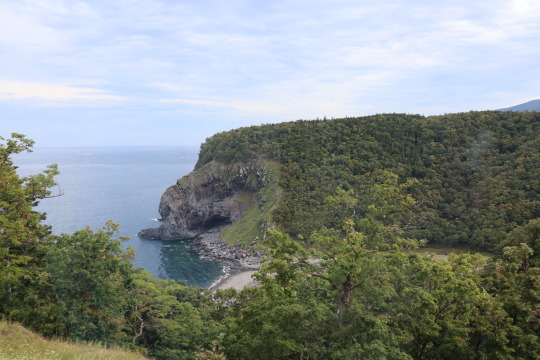

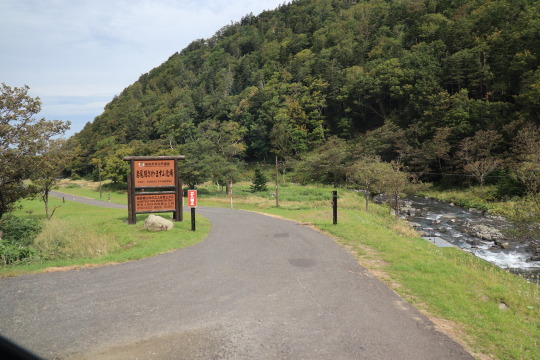
27 notes
·
View notes
Video
Dragon Kelp - Eualaria fistulosa by Alexander Semenov
Via Flickr:
Here is an incredible giant kelp, Eualaria fistulosa, also called 'Dragon kelp'. Up to 25 metres long, it attaches to large rocks with the holdfast (a root-like structure) and rises to the surface. The midrib has gas-filled chambers that hold the whole thing up in the water.
#dragon#kelp#Eualaria#fistulosa#algae#kelpforest#forest#the Sea of Okhotsk#okhotsk#north#pacific#blue#water#underwaterphoto#under water#flickr#alexander semenov#nature
59 notes
·
View notes
Video
Polyorchis karafutoensis by Alexander Semenov
#Polyorchis#karafutoensis#hydrozoa#Hydrozoan#hydromedusae#jellyfish#sakhalin#the Sea of Okhotsk#underwater#underwaterphoto#wideangle#wide#flickr
4 notes
·
View notes
Text

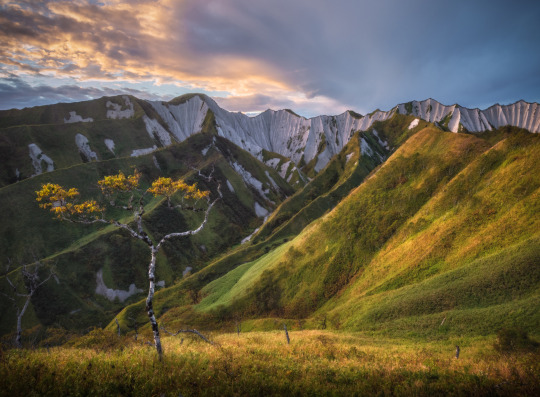

White rocks (ocean side).
The Series of Photos of The Day
#photo of the day#white cliffs#iturup island#sea of okhotsk#ocean pacific#andrey grachev#35photo.pro#35awards#35photo#35photo best#landscape#mountains#rivers
5 notes
·
View notes
Text

#JAPAN Specialist😁👹#Japan is an island country in East Asia. It is situated in the northwest Pacific Ocean#and is bordered on the west by the Sea of Japan#while extending from the Sea of Okhotsk in the north toward the East China Sea#Philippine Sea#and Taiwan in the south. LOTS OF FAMILY FRIENDLY ACTIVITIES & TOURS 😄#BOOK WITH ME✈️#513.953.2229 | [email protected]#GET YOUR QUOTE TODAY⬇️⬇️#https://forms.gle/mKMVGXs9PNyxq3EE7#Licensed#Bonded#& Insured Travel Agent#travel#japan#vacation
1 note
·
View note
Photo

『 海のいえ 』 乾夏樹 #sea #house #uminoie #art #artwork #painting #drawing #skech #illustration #artbrut #outsiderart #japan #hokkaido #kitamicity #okhotsk #instagram #facebook #studiobremen #world #colorpencil (Studio Bremen -スタジオ ブレーメン-) https://www.instagram.com/p/Cg0_16IJwVT/?igshid=NGJjMDIxMWI=
#sea#house#uminoie#art#artwork#painting#drawing#skech#illustration#artbrut#outsiderart#japan#hokkaido#kitamicity#okhotsk#instagram#facebook#studiobremen#world#colorpencil
0 notes
Photo
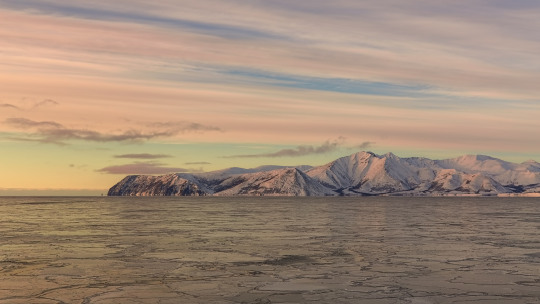

Sea of Okhotsk by Evgeny Parshukov
3K notes
·
View notes
Text
It’s Wet Beast Wednesday and today’s topic is Anarrhicthys ocellaus, the wolf eel. Despite the name and long-skinny body, they aren’t eels (I’ll get around to true eels eventually, I promise), they’re actually one of the wolf fish, a family of 5 species, the rest of which look less eely. These fish are most famous on the internet for being ugly, which is a bit rude. Sure, they may look a bit like Popeye the Sailor Man, but that’s no reason to be insulting. I think they’re kind of cute, in a pug sort of way.
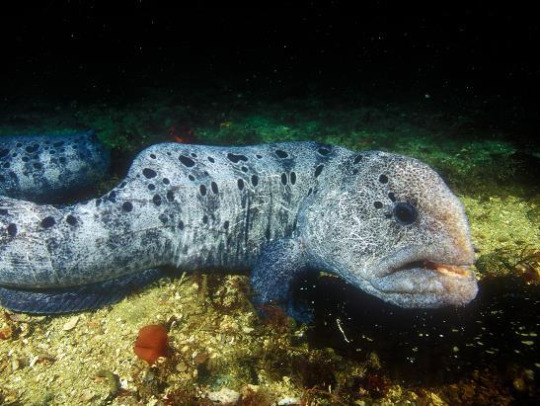
(Image: a wolf eel)
Wolf eels live in cold pacific waters in the Sea of Japan up into the Sea of Okhotsk, across the Aleutian islands, and down to southern California. Their long, slender bodies can grow up to 2.4 meters (about 8 feet) long ang weigh up to 18.4 kg (41 pounds), making them both longer and heavier than some children. Like moray eels, they prefer living in caves and crevices, often only sticking their heads out to look for food. Many will find a suitable cave as a juvenile and never leave unless forced out by a larger wolf eel or another cave-dweller like the giant pacific octopus. Wolf eels have a layer of mucus covering their bodies that helps protect from disease. Their scales are small and imbedded in their skin, giving their skin a leathery appearance. Each individual has a unique pattern of spots on their head, which can be used to identify them.

(Image: a wolf eel)
Wolf eels have large and powerful jaws and well as notable teeth. They are heterodonts, meaning they have teeth of different shapes that serve different functions. This is actually somewhat uncommon amongst animals. Amongst extant vertebrates, only mammals, some fish, and snakes have this feature. Wolf eels have molars and canines. In fact, the prominent canines of the wolf fish family is the origin of their name. Wolf eels use their hard molars and powerful jaws to crush and eat hard food. Their preferred diet includes sea urchins, sand dollars, crustaceans, and bivalves. They rarely eat soft food and aquarium specimens that have been fed soft food extensively can show poor dental health.

(image: a wolf eel monching on eating an urchin)
If you need more reasons to not insult them, wolf eels are romantics and model parents. They are monogamous and mated pairs will live and mate together for life. These pairs have a unique form of mating behavior. The male will nuzzle the female with his head and coil around her while she lays her eggs (up to 10,000 at a time), which he will then fertilize. Afterwards, the female will coil around the eggs to shape them into a ball She will occasionally rotate and massage the egg ball to make sure all the eggs are getting exposed to oxygenated water. When both are in the cave, the female will coil around the eggs to protect them while the male coils around her for more protection. Both parents share egg protecting duties, with only one leaving to go eat at a time. Once the eggs hatch, the larvae will leave the nest and move to the open ocean to grow. Juveniles live in the open ocean and have a different diet than adults. They are more active predators who use their canines to attack and eat small fish and fish larvae. After a few years, they will make their way back to shallower waters to take up their adult lifestyles. They become sexually mature at around 7 years old, though some will par up with their future mate as early as age 4. In addition, juveniles are bright orange with purple spots. They become darker as they age, eventually becoming fully grey.

(image: a pair of wolf eels protecting their eggs, the yellowish ball on the middle)
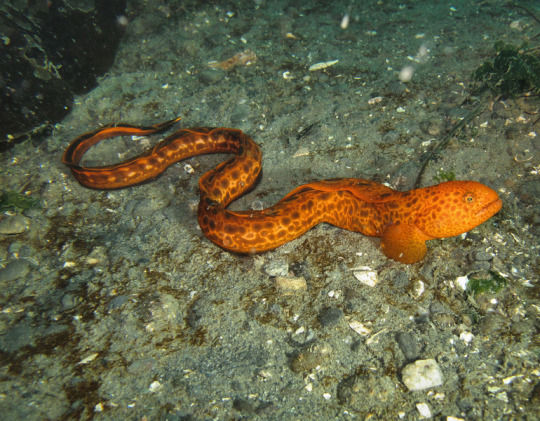
(image: a juvenila wolf eel)
Wolf eels are rather curious and even playful animals. In places with lots of human activity, they can become used to divers. In fact, they can even become friendly with divers, sometimes coming out to play with them and being happy to receive chin scratches. In many places, divers can hand-feed the wolf eels. This is controversial as it can disincentivize natural hunting behavior and ignorant divers may feed the eels the food that is bad for them. Wolf eels are very rarely aggressive, but they can deliver very painful bites if provoked.

(image: a wolf eel and a diver)
Wolf eels are classified as “least concern” by the IUCN, meaning they are in no danger of extinction. Still, threats to them include bycatch and pollution. They are rarely targeted for fishing today, but in the past, they were targeted by a few Native American tribes. In these, they were considered to be sacred “doctorfish” and were only eaten by healers, in the belief it would enhance their healing abilities.
UPDATE: after doing some digging regarding the usage of the fish by Native American tribes I found that everyone who makes this claim seems to reference the book "Probably More Than You Want to Know About the Fishes of the Pacific Coast" by Milton S. Love, which itself cites a book from either 1868 or 1870 titled "The Indians of Cape Flattery, at the entrance to the Strait of Fuca, Washington Territory" by James Swan. The book specifically discusses the Makah people. I'm a bit skeptical about the source so take those claims with a grain of salt.

(image: a wolf eel sticking out of a rock)
525 notes
·
View notes
Photo

Sea of Okhotsk
2022
©juri
305 notes
·
View notes
Text

Blackbird pilot recalls when his SR-71 Flew so Fast that he and his RSO Landed at Beale AFB almost a Day Before They Took Off from Kadena AB
SR-71 Pilot tells the story of when his Blackbird flew So Fast that He and his RSO arrived at Beale AFB almost a Day Before They Left Kadena AB
The SR-71 Blackbird
The SR-71, the most advanced member of the Blackbird family that included the A-12 and YF-12, was designed by a team of Lockheed personnel led by Clarence “Kelly” Johnson, then vice president of Lockheed’s Advanced Development Company Projects, commonly known as the “Skunk Works” and now a part of Lockheed Martin.
SR-71 T-Shirts

CLICK HERE to see The Aviation Geek Club contributor Linda Sheffield’s T-shirt designs! Linda has a personal relationship with the SR-71 because her father Butch Sheffield flew the Blackbird from test flight in 1965 until 1973. Butch’s Granddaughter’s Lisa Burroughs and Susan Miller are graphic designers. They designed most of the merchandise that is for sale on Threadless. A percentage of the profits go to Flight Test Museum at Edwards Air Force Base. This nonprofit charity is personal to the Sheffield family because they are raising money to house SR-71, #955. This was the first Blackbird that Butch Sheffield flew on Oct. 4, 1965.
The Blackbird design originated in secrecy during the late 1950s with the A-12 reconnaissance aircraft that first flew in April 1962 and remained classified until 1976. President Lyndon Johnson publicly announced the existence of the YF-12A interceptor variant on Feb. 29, 1964, more than half a year after its maiden flight. The SR-71 completed its first flight on Dec. 22, 1964.
The Blackbird was designed to cruise at “Mach 3+,” just over three times the speed of sound or more than 2,200 miles per hour and at altitudes up to 85,000 feet.
Blackbird pilot recalls when his SR-71 Flew so Fast that he and his RSO Landed at Beale AFB almost a Day Before They Took Off from Kadena AB

David Peters in SR-71’s cockpit
The incredible speed of the SR-71 Blackbird
So, it comes as no surprise if, thanks to its astonishing flight characteristics, the aircraft has set numerous speed and altitude records throughout its career.
To give a real perspective of the incredible speed the iconic Blackbird could attain, SR-71 pilot David Peters tells the following, fabulous story.
‘We were TDY to Det. 1 at Kadena AB, Okinawa. One of the birds was scheduled for swap out and my back seater, Ed Bethart, and I were to fly it home. The replacement came in on Friday and we were to leave Saturday morning. So, in true Habu tradition we welcomed the incoming crew and went to happy hour Friday evening at the officers’ club.
SR-71 Pilot tells the story of when his Blackbird flew So Fast that He and his RSO arrived at Beale AFB 17 1/2 Hours Before They Left Kadena AB

David Peters and Ed Bethart
A true story
‘We got up Saturday morning and got ready to go home. Departure was scheduled for 1000. Everything went well and we departed right on time. Headed out to do a pass through the Korean DMZ then into the tankers in the Sea of Japan. Good refueling and climb out headed for the Sea of Okhotsk and the Kamchatka peninsula of Russia and from there to more tankers off of Adak in the Aleutian Islands. Another good refueling and on to Beale AFB California.
‘We arrived with a low approach pulled up into a closed pattern and landed. Following de-suiting and debrief we deposited our classified flight documents jumped in a car and arrived at the officers club for Friday night happy hour at 1630 17 1/2 hours before we left Kadena.

SR-71 print
This print is available in multiple sizes from AircraftProfilePrints.com – CLICK HERE TO GET YOURS. SR-71A Blackbird 61-7972 “Skunkworks”
‘Try that in any aircraft other than the SR-71. Besides this is actually a true story.’
Be sure to check out Linda Sheffield Miller (Col Richard (Butch) Sheffield’s daughter, Col. Sheffield was an SR-71 Reconnaissance Systems Officer) Twitter Page Habubrats SR-71 and Facebook Page Born into the Wilde Blue Yonder for awesome Blackbird’s photos and stories.
Photo credit: David Peters and U.S. Air Force
@Habubrats71 via X
244 notes
·
View notes
Text
12/09/2022 part4








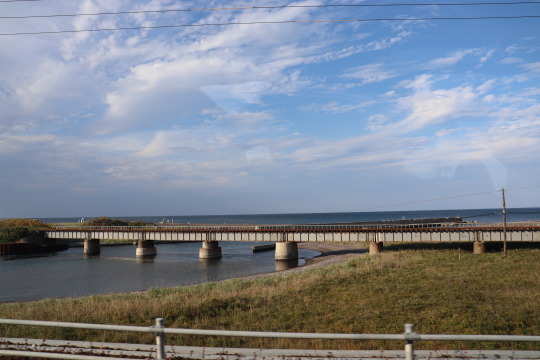
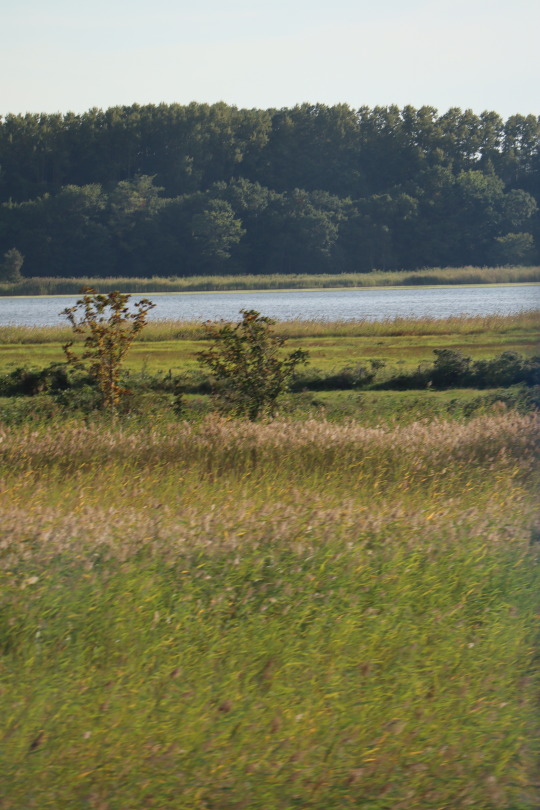
#photography#備忘���#japan#hokkaido#station#mokoto station#藻琴駅#網走番外地の撮影ロケ地だったそうです#kitahama station#北浜駅#オホーツク海#Okhotsk#Sea of Okhotsk#Охо́тское мо́ре
25 notes
·
View notes
Text
Ainu, Indigenous people of Japan




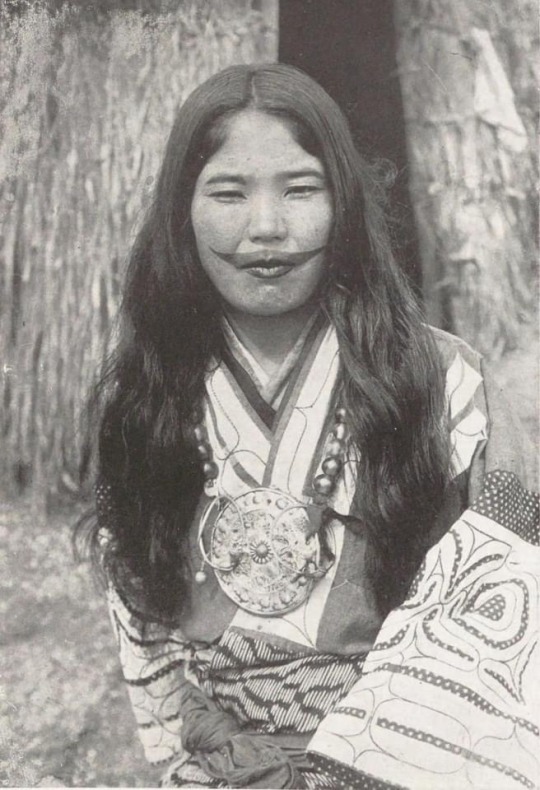

The Ainu are an ethnic group of related indigenous peoples native to northern Japan, including Hokkaido and Northeast Honshu, as well as the land surrounding the Sea of Okhotsk, such as Sakhalin, the Kuril Islands, the Kamchatka Peninsula, and the Khabarovsk Krai; they have occupied these areas known to them as "Ainu Mosir" (Ainu: アイヌモシㇼ, lit. 'the land of the Ainu'), since before the arrival of the modern Japanese and Russians. These regions are often referred to as Ezo (蝦夷) in historical Japanese texts. X
110 notes
·
View notes
Text
Swirling Sea Ice

The Sea of Okhotsk is the northern hemisphere's southernmost sea that seasonally freezes. Caught between the Siberian coast and the Kamchatka Peninsula, cold air from Siberia helps freeze water kept at lower salinity due to freshwater run-off. (Image credit: W. Liang; via NASA Earth Observatory)
Read the full article
84 notes
·
View notes
Text
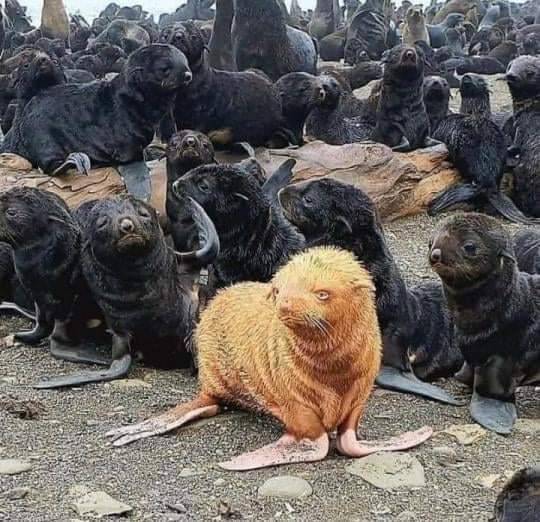
A rare albino ginger seal pup found in a colony on Tyuleny Island in the sea of Okhotsk. With blue eyes, pink flippers & light colouring.
87 notes
·
View notes
